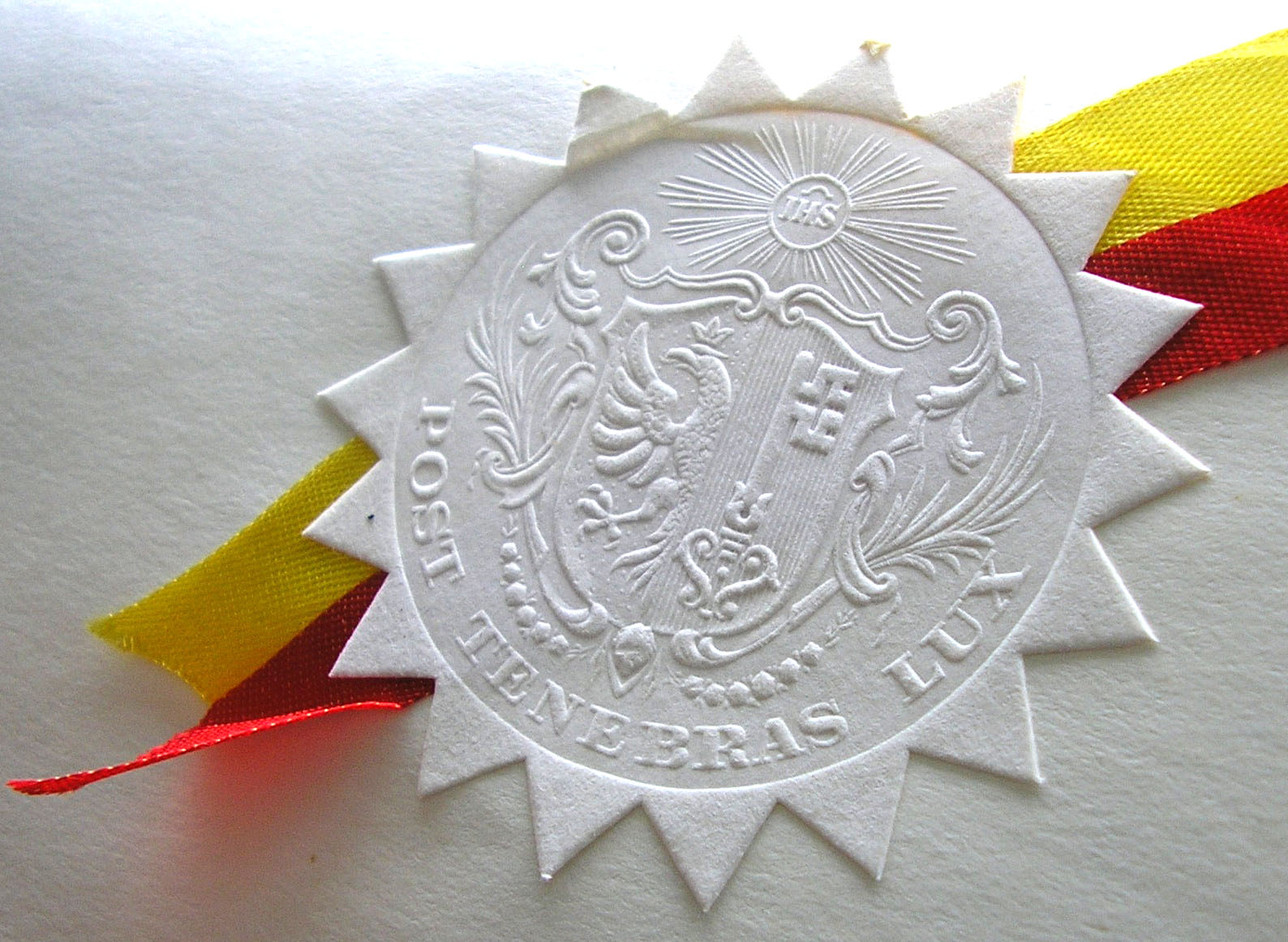Embossing (manufacturing) on:
[Wikipedia]
[Google]
[Amazon]
 Sheet metal embossing is a stamping process for producing raised or sunken designs or relief in
Sheet metal embossing is a stamping process for producing raised or sunken designs or relief in
Video
Metal forming
 Sheet metal embossing is a stamping process for producing raised or sunken designs or relief in
Sheet metal embossing is a stamping process for producing raised or sunken designs or relief in sheet metal
Sheet metal is metal formed into thin, flat pieces, usually by an industrial process. Sheet metal is one of the fundamental forms used in metalworking, and it can be cut and bent into a variety of shapes.
Thicknesses can vary significantly; ex ...
. This process can be made by means of matched male and female roller dies Dies may refer to:
* Dies (deity), the Roman counterpart of the Greek goddess Hemera, the personification of day, daughter of Nox (Night) and Erebus (Darkness).
* Albert Christoph Dies (1755–1822), German painter, composer, and biographer
* Jos ...
, or by passing sheet or a strip of metal between rolls of the desired pattern. It is often combined with foil stamping to create a shiny, 3D effect.
Process
The metal sheet embossing operation is commonly accomplished with a combination of heat and pressure on the sheet metal, depending on what type of embossing is required. Theoretically, with any of these procedures, the metal thickness is changed in its composition. Metal sheet is drawn through the male and female roller dies, producing a pattern or design on the metal sheet. Depending on the roller dies used, different patterns can be produced on the metal sheet. The pressure and a combination of heat actually "irons" while raising the level of the image higher than the substrate to make it smooth. The term "impressing" refers to an image ''lowered'' into the surface of a material, in distinction to an image ''raised'' out of the surface of a material. In most of the pressure embossing operation machines, the upper roll blocks are stationary, while the bottom roll blocks are movable. The pressure with which the bottom roll is raised is referred to as the tonnage capacity. Embossing machines are generally sized to give of strip clearance on each side of an engraved embossing roll. Many embossing machines are custom-manufactured, so there are no industry-standard widths. It is not uncommon to find embossing machines in operation producing patterns less than wide all the way up to machines producing patterns wide or more.Characteristics
The metal embossing manufacturing process has these characteristics: * The ability to formductile
Ductility is a mechanical property commonly described as a material's amenability to drawing (e.g. into wire). In materials science, ductility is defined by the degree to which a material can sustain plastic deformation under tensile stres ...
metals.
* Use in medium to high production runs.
* The ability to maintain the same metal thickness before and after embossing.
* The ability to produce unlimited patterns, depending on the roll dies.
* The ability to reproduce the product with no variation.
Commonly used materials
The following materials are suitable for embossing: *Aluminium
Aluminium (aluminum in AmE, American and CanE, Canadian English) is a chemical element with the Symbol (chemistry), symbol Al and atomic number 13. Aluminium has a density lower than those of other common metals, at approximately o ...
(all alloy
An alloy is a mixture of chemical elements of which at least one is a metal. Unlike chemical compounds with metallic bases, an alloy will retain all the properties of a metal in the resulting material, such as electrical conductivity, ductilit ...
s)
* Aluminium (T1/T2)
* Brass
Brass is an alloy of copper (Cu) and zinc (Zn), in proportions which can be varied to achieve different mechanical, electrical, and chemical properties. It is a substitutional alloy: atoms of the two constituents may replace each other wit ...
* Card stock
Card stock, also called cover stock and pasteboard, is paper that is thicker and more durable than normal writing and printing paper, but thinner and more flexible than other forms of paperboard.
Card stock is often used for business cards, p ...
* Cold rolled steel
* Copper
Copper is a chemical element with the symbol Cu (from la, cuprum) and atomic number 29. It is a soft, malleable, and ductile metal with very high thermal and electrical conductivity. A freshly exposed surface of pure copper has a pinkish ...
* Galvanized steel
Galvanization or galvanizing ( also spelled galvanisation or galvanising) is the process of applying a protective zinc coating to steel or iron, to prevent rusting. The most common method is hot-dip galvanizing, in which the parts are submer ...
* High strength, low alloy, steel
* Hot rolled steel
* Steel (all alloys)
* Zinc
Zinc is a chemical element with the symbol Zn and atomic number 30. Zinc is a slightly brittle metal at room temperature and has a shiny-greyish appearance when oxidation is removed. It is the first element in group 12 (IIB) of the periodic t ...
See also
* Diamond plate *Repoussé and chasing
''Repoussé'' () or ''repoussage'' () is a metalworking technique in which a malleable metal is shaped by hammering from the reverse side to create a design in low relief. Chasing (French: '' ciselure'') or embossing is a similar technique ...
External links
* {{Cite web , title=Embossing metals , url=http://www.advantagefabricatedmetals.com/embossing-process.html , archive-date=Dec 8, 2021 , archive-url=https://web.archive.org/web/20211208094651/http://www.advantagefabricatedmetals.com/embossing-process.htmlVideo
Metal forming